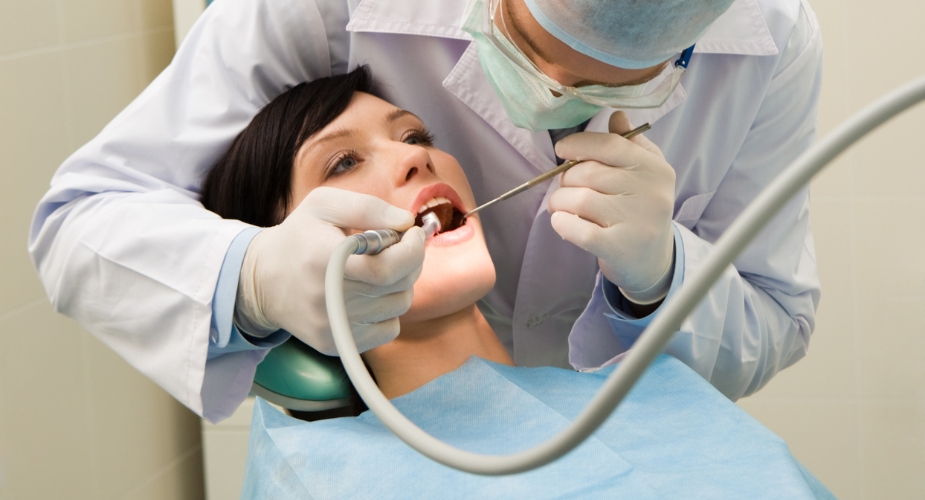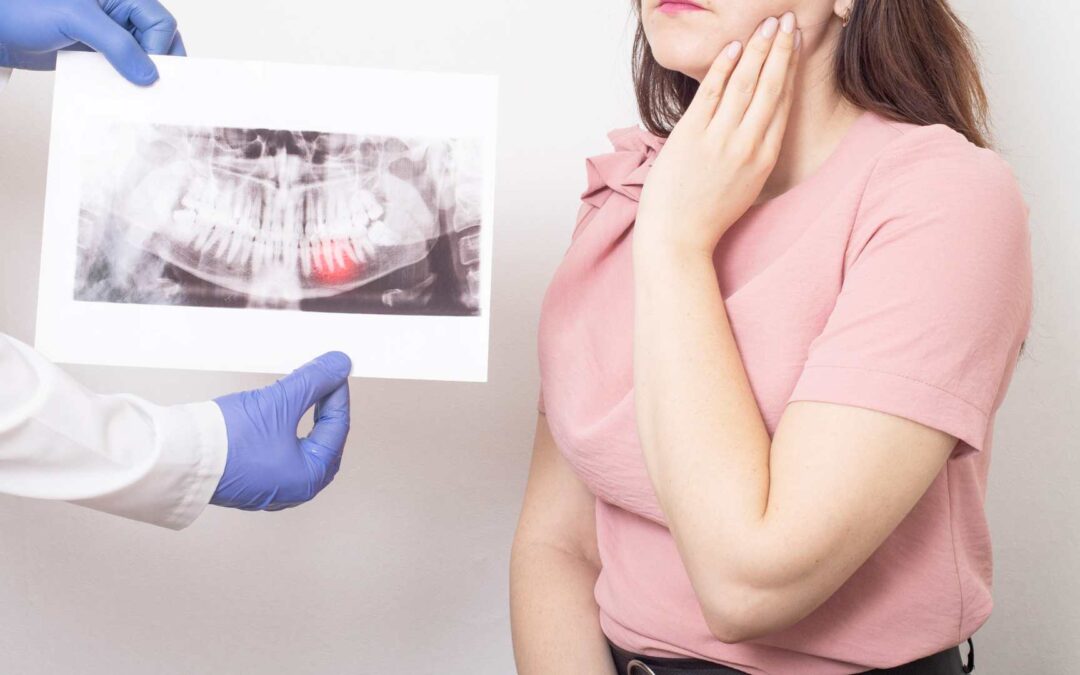Dealing with cuts on gums can be an uncomfortable and painful experience, disrupting our daily lives and leaving us wondering about the reasons behind their occurrence. If you’ve ever experienced this dental discomfort, fear not, as this blog is here to shed light on the three major causes of cuts on gums, providing valuable insights into prevention and treatment. Cuts on gums can be more than just a minor inconvenience; they can make eating, drinking, and even speaking a challenge. But why do they happen? By exploring the primary causes, we can gain a better understanding of how to protect our delicate gum tissue and maintain optimal oral health.
In this blog, we will unveil the three major causes of cuts on gums. First, we will delve into the realm of dental procedures, where cuts can inadvertently occur during essential treatments like tooth extractions, root canals, or deep cleanings. Understanding the potential risks during these procedures can help us be better prepared and take necessary precautions. Second, accidental injuries can be to blame for those unexpected cuts on gums. Something as simple as biting your tongue or cheek while eating or brushing your teeth too vigorously with a stiff-bristled toothbrush, can lead to painful gum cuts. Being aware of these everyday risks can help us avoid unnecessary damage.
Finally, we will explore how oral infections, such as gingivitis or periodontitis, can cause our gums to bleed and become more susceptible to developing cuts. Poor oral hygiene practices and the buildup of plaque and harmful bacteria contribute to these infections, making it vital to prioritize preventive measures. Beyond understanding the causes, we will equip you with practical tips to prevent cuts on gums and promote gum health. Gentle brushing with a soft-bristled toothbrush, regular flossing, and the use of mouthguards during sports or teeth grinding can significantly reduce the risk of cuts and injuries. In the unfortunate event that a cut does occur, knowing how to properly treat it is equally important. This blog will provide effective treatment options, such as rinsing with warm salt water, applying gentle pressure, and using over-the-counter pain relievers to alleviate discomfort.
Understanding the Risk of Cuts on Gums
While dental procedures are necessary for maintaining oral health, they can inadvertently lead to cuts on gums. Treatments like tooth extractions, root canals, and deep cleanings require precision and delicate handling, but sometimes, the gum tissue can sustain unintended damage. During tooth extractions, for example, the dentist may need to make an incision to access the tooth, which can result in a cut on the surrounding gums. Similarly, root canals and deep cleanings involve instruments that may accidentally nick or irritate the gum tissue.

It is essential to remember that dental professionals are well-trained to minimize such risks, but occasional complications can occur. Patients undergoing these procedures should be aware of the possibility of gum cuts and discuss any concerns with their dentist beforehand. Proper communication and understanding can help the dental team take additional precautions to reduce the likelihood of cuts during treatment.
Everyday Mishaps that Cause Gum Cuts
Accidental injuries are another common cause of cuts on gums. While performing routine activities like eating, brushing, or even speaking, we may inadvertently bite our tongue or cheek, causing painful cuts. These injuries are often the result of momentary distractions or eating too quickly, which can lead to accidental self-inflicted wounds. Moreover, brushing too vigorously with a stiff-bristled toothbrush can also irritate the gums, leading to cuts.
It’s essential to be mindful during daily activities to minimize the risk of accidental injuries. Chew your food slowly and pay attention to your eating habits to avoid accidentally biting your tongue or cheek. Additionally, opt for a soft-bristled toothbrush and use gentle circular motions when brushing your teeth to prevent excessive force on the gums.
The Link to Cuts on Gums
The health of our gums plays a crucial role in the likelihood of developing cuts. Gum infections, such as gingivitis and periodontitis, can make the gums more sensitive and prone to bleeding, which increases the risk of cuts. These infections occur due to plaque and bacteria buildup on the gumline, leading to inflammation and deterioration of gum tissue.
Maintaining good oral hygiene practices is essential to prevent gum infections and protect gum health. Regular brushing, flossing, and dental check-ups help keep plaque and bacteria in check, reducing the chances of developing gum infections and cuts. In case of persistent bleeding or swelling of the gums, it is vital to seek professional dental care for appropriate diagnosis and treatment.
Safeguarding Your Gums from Cuts
Preventing cuts on gums involves adopting proactive measures and practicing good oral hygiene. Here are some practical tips to safeguard your gums:

- Gentle Brushing: Use a soft-bristled toothbrush and apply gentle circular motions when brushing to avoid gum irritation.
- Regular Flossing: Flossing helps remove food particles and plaque between teeth and gums, reducing the risk of gum infections.
- Mouthguards: If you engage in sports or have a tooth grinding habit, wearing a mouthguard can protect your mouth and gums from accidental injuries.
- Mindful Eating: Chew food slowly and carefully to minimize the risk of accidentally biting your tongue or cheek.
Managing Cuts on Gums with Care
If you do experience a cut on your gums, proper treatment and care are essential for a swift recovery. Rinsing your mouth with warm salt water can help reduce inflammation and promote healing. Applying gentle pressure with a piece of gauze or a moist tea bag can aid in stopping bleeding. Over-the-counter pain relievers like acetaminophen or ibuprofen can provide relief from pain and reduce inflammation.
If the cut is deep, severe, or persistent, seeking professional dental care is important. Your dentist may recommend additional treatment options, such as antibiotics or sutures, to ensure proper healing. Remember, taking prompt and appropriate action can prevent complications and ensure a comfortable healing process for your gums.
In conclusion, understanding the major causes of cuts on gums empowers us to take proactive measures to protect our gum health. Being aware of the risks during dental procedures, practicing mindfulness during daily activities, and prioritizing good oral hygiene can significantly reduce the likelihood of experiencing painful gum cuts. Should a cut occur, timely and proper treatment is crucial for a swift recovery. By adopting preventive measures and seeking professional care when needed, you can maintain a healthy and pain-free smile, ensuring optimal oral health for the long term.
Conclusion:
Cuts on gums can be uncomfortable and painful, but by understanding their major causes and implementing preventive measures, we can protect our gum health and overall well-being. Dental procedures, accidental injuries, and oral infections are the primary culprits behind these cuts, making it essential to be mindful during daily activities and prioritize good oral hygiene.
Being gentle when brushing, flossing regularly, and using mouthguards when necessary can reduce the risk of gum cuts and promote gum health. Additionally, regular dental check-ups ensures that potential issues are detected early and promptly addressed.
Should a cut occur, timely treatment and care are crucial for a swift and comfortable recovery. Rinsing with warm salt water, applying gentle pressure, and using over-the-counter pain relievers can aid in the healing process. Seeking professional dental care for deep or persistent cuts ensures proper diagnosis and appropriate treatment options.
Remember, our oral health is integral to our overall well-being, and taking proactive measures to protect our gums can lead to a healthier and pain-free smile. Embrace good oral hygiene practices, stay mindful of the risks, and seek professional care when needed, ensuring optimal gum health and a confident, radiant smile for years to come. With the knowledge and strategies outlined in this blog, you can take charge of your oral health and cultivate a lifetime of gum wellness. So, let’s prioritize our dental care and bid farewell to the discomfort of gum cuts, welcoming a future of dental vitality and overall happiness.






